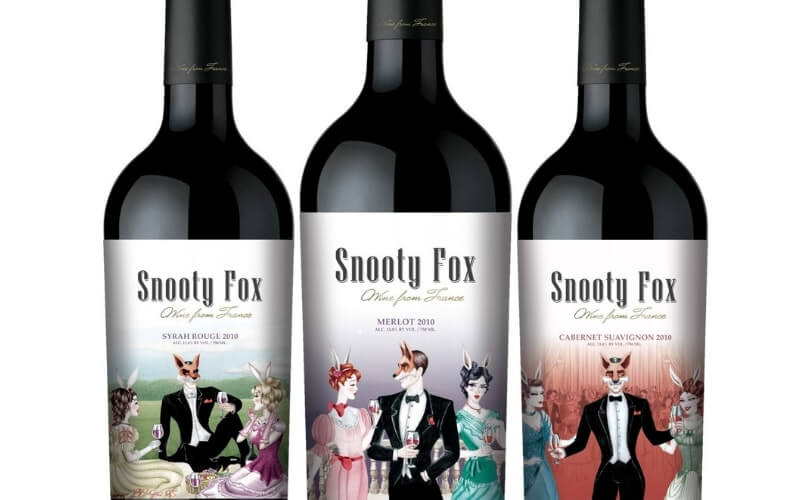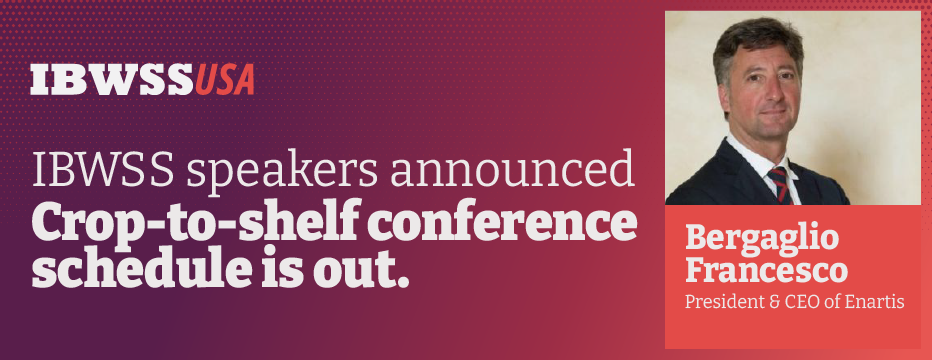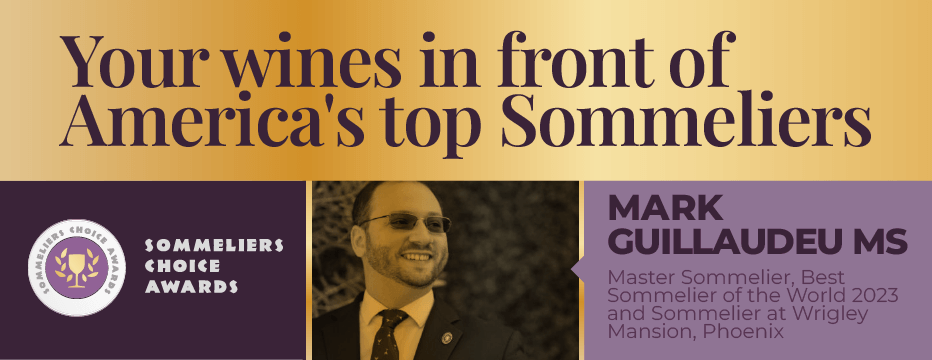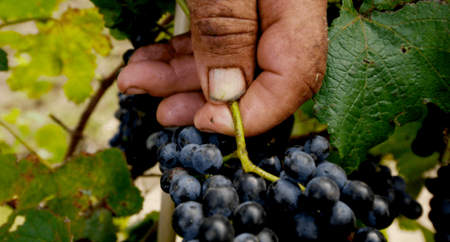Category Navigation
Share
Broadcast date:
//
Sommeliers Choice Awards 2023 Winners
For many wineries, the creation of the wine label to accompany a bottle of wine is no longer a secondary concern. Take a look around you at your local retail wine store – the range and diversity of labels are truly astounding, with many seeming to appeal to a very distinct consumer group. Wine labels are no longer forbidding and distant – they are now warm and approachable, filled with images that we can relate to in our everyday lives.
So what steps can you take if you want to create a wine label that truly engages everyday wine drinkers?
Understand your Key Customer Demographic
The starting point in the creation of your wine label needs to be a firm understanding of your key customer demographic. Who are you trying to sell to? And what is this set of consumers looking for? Gone are the days when wines could be all things to all people. Young millennial wine drinkers especially want wines that speak directly to them. In short, wines are part of a lifestyle now, and in order to have a wine label that really pops, your wine label needs to convey that lifestyle.
In the marketing industry, this is known as “the hook.” In layman’s terms, the hook is what convinces the customer to pick up your bottle from the shelf. In today’s current market environment, simply putting a photo of a chateau on the label and hoping for the best is no longer enough. Wine labels that seek to appeal to young female wine drinkers, for example, need to have a much different look than those that are trying to appeal to older male Baby Boomers.
It’s not just the imagery on the label, either – it’s the use of colour, the use of fonts, and the way the creative elements are combined to create an overall aesthetic. Just think of how Australian wine brands instantly made themselves more approachable to curious Western consumers (a wine from Australia, really?) by putting images of kangaroos and penguins on the bottle. In short, packaging matters a lot more than people might think.
Pay attention to your Initial Design Brief
When coming up with your wine label, you will likely be working directly with a graphic designer who will help to bring your brand to life. Now that you’ve worked out the key elements of your core customer demographic, and have a very good sense of what these customers are looking for in a bottle of wine, it’s time to develop a design brief that you can hand off to your graphic designer.
This design brief can be as short as one page (the shorter the better) and should include a very short description of what you are looking for in a wine label. It might include a list of adjectives that describe your brand, for example. Or it might include a brief summary of what your “typical customer” looks like, and what he or she enjoys in a bottle of wine. And some wine brands even include a set of images that help to convey what they are looking for in a label.
The more that you can communicate your overall goals for the wine label, the more likely it is that the graphic designer will come up with a truly amazing design that wows you. Typically, designers will come up with several different approaches, and there will be several different iterations before the wine label is complete. Throughout this entire cycle, you will be referring to your wine brief often, so make sure that everything is written down in a way that your end goals are clear.

Tell a Story with Your Wine Label
Keep in mind – today’s wine drinkers view wines the same way that they view other consumer brands that they might purchase in a supermarket. And just as no food manufacturer would dream of just putting their food in a bland, generic wrapper with a basic statement of what’s inside the package, no winemaker should ever consider putting their wine inside a bottle with a bland, generic label.
And yet, that is exactly what happens in many cases. Many wine labels simply list the country of origin, the vintage, the wine region, and the grape varietal. When consumers encounter these bottles of wine in the store, everything must be left up to the imagination. Who are the winemakers? Why are these winemakers making this wine? These answers are unclear with a generic label.
That’s why one effective approach to wine label design is coming up with a story that can be told right there on the label. Since consumers are very visual, it helps if this story is also supported by graphical images that fit the storyline. One fantastic example is “19 Crimes.” The success of this wine brand has been truly off the charts, and one key factor in its success has been the label. Every label tells a small story behind the title “19 Crimes,” and if you watch consumer behaviour at wine stores carefully, you’ll see that some people pick up not just one, but two or three bottles of different “crimes,” as they piece together the overall brand narrative.
At the very least, you can help to tell the story behind your brand, and what makes you different. This is the reason why some international wine competitions – such as the London Wine Competition and the USA Wine Ratings competition – now use “Packaging” as one of the key criteria in judging a wine. There is a growing consensus in the wine industry that the same focus on marketing and promotion and labels in the consumer packaged goods sector must now come to the world of wine. Think about how you buy a box of cereal in a supermarket – you either hunt for your favourite go-to brand, or you stare at a wall of competing images and pick up a box that catches your eye. That same insight into consumer behaviour can –and should – be used when designing your wine label.
If you are looking to boost the shelf success of your wine, one good place to start is with the wine label. In today’s hyper-competitive wine marketplace, a great wine label that quickly grabs the attention of a passing consumer confronted with an aisle of hundreds of competing wines could make all the difference in whether or not your bottle is the one selected for purchase.
Other Topics that might Interest you:
- Wine Label Design for the Modern Consumer
Webinar table of contents
Three Tips for Using Wine Labels to Maximize the Retail Success of Your Wine















